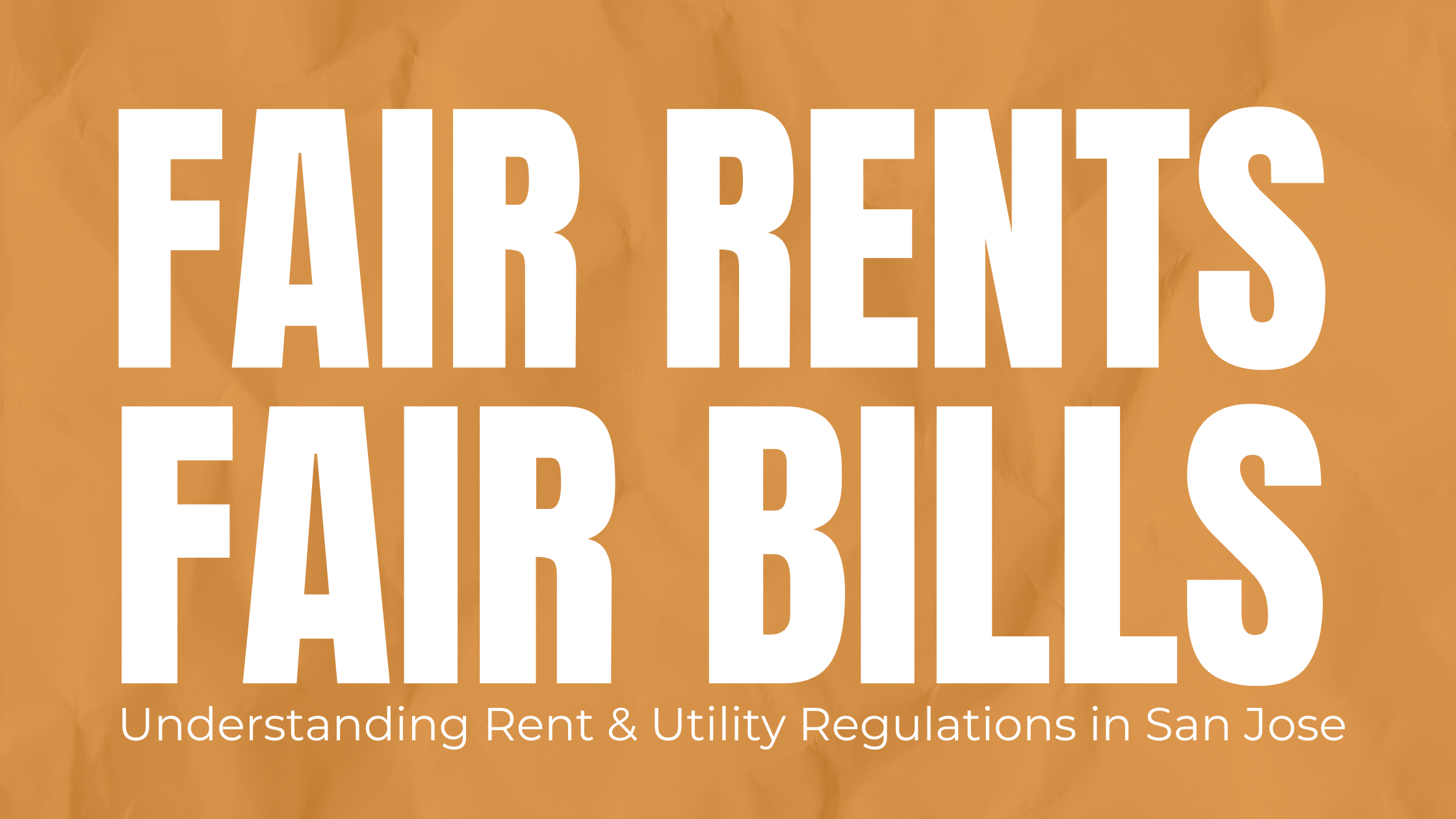SV@Home’s executive director, Leslye Corsiglia, was recently quoted in an article from the Mountain View Voice on the effect of the Trump administration’s housing cuts on the construction of affordable housing in Santa Clara County.
See the original story at the Mountain View Voice.
Trump cuts spell trouble for local housing
Tax reforms and slim HUD budget could harm affordable housing projects
By Mark Noack and Kevin Forestieri
Calling an affordable-housing project a “miracle” sounds trite, but the term now seems apt for a new 67-unit apartment project being built 1701 El Camino Real.
Due to start construction next month, the $32-million project by the Palo Alto Housing Corporation recently dodged a major setback that could have left years of work in tatters. The problem emerged a few months ago when major backers expected to finance the bulk of the project suddenly backed away.
It wasn’t a loss of confidence, but rather the election of President Donald Trump that nearly scuttled the project, said Candice Gonzalez, Palo Alto Housing’s executive director.
“We had six investors that put in offers for this project, and right after the election they all pulled out,” she said. “We were super disappointed, but tried to stay positive and work through it.”
Perhaps more than any other area, government-subsidized housing has taken an immediate hit following Trump’s election. It’s expected to worsen if the president’s proposed cuts to programs are enacted. As part of his 2018 budget, Trump has proposed $6 billion in cuts to the Department of Housing and Urban Development, including totally eliminating the Community Development Block Grant Program.
But the impact has been much more immediate for projects like 1701 El Camino in Mountain View. Understanding what happened here requires a bit of an explanation. Like many affordable-housing projects, the 1701 El Camino project makes use of government tax credits to fund the bulk of the construction costs. These credits can’t pay for labor costs or raw materials, but they can be sold at a markup to corporations looking to offset their tax burden.
What changed with Trump’s election is corporations realized their severe tax burden might get a whole lot lighter. Among his campaign promises, then-candidate Trump pledged to drop the corporate tax rate from 35 percent to 15 percent. While he has yet to deliver on that promise, banks and other investors almost universally decided to hold off in case a tax windfall is in the offing.
For Gonzalez and other housing advocates, that meant the millions of dollars in tax credits they had budgeted for affordable apartments suddenly had no buyer.
Through a mix of pluck and luck, the Palo Alto Housing Corporation officials were able to coax one buyer who was willing to purchase all $20 million of tax credits, albeit at a discount. U.S. Bank, one of the initial buyers that backed away after the November election, came back to the table in January and agreed to buy at roughly a 15 percent discount.
That meant the project ended up short about $3 million. Luckily that shortfall was within the contingency fund for the project, meaning the city of Mountain View and Santa Clara County were able to bridge the gap.
“Without these tax credits, it would have killed the project,” Gonzalez said. “We were lucky that this happened in Mountain View, where the city was so supportive and there were funds available.”
Housing tax credits have been the backbone of nearly all the affordable housing projects that have gone up over the last 25 years, according to Leslye Corsiglia, the executive director of the affordable housing advocacy group SV@Home. The federal government, under President Ronald Reagan, eliminated programs that used to provided construction money, in favor of a tax credit, which gives incentives for private companies to invest in low-income housing projects. Whether it be lower tax rates or direct cuts to the Low-Income Housing Tax Credit (LIHTC), future reform legislation could turn that stream of investment money into a trickle.
“The tax reform being considered is going to either reduce the low-income housing tax credit or eliminate it,” Corsiglia said. “We need tax credits to make these projects work.”
Similar to the 1701 El Camino project, investor interest in low-income housing projects all over the county took a dive after the election, following a big decrease in equity pricing throughout the Bay Area. The city of San Jose ran into roadblocks on three of its affordable housing projects in the months following election day, and had to pitch in about $2.5 million at the last second to save a homeless housing project called Second Street Studios after an investor — Chase Bank — reneged on its original commitment.
Alex Sanchez, vice president of the affordable housing developer ROEM Corporation, said his company’s plans to build more than 1,000 apartments across the Bay Area were now imperiled without a new funding source to replace the tax-credit program.
“The immediate impact is we lost millions, if not billions, of dollars that could have been used for affordable housing,” he said. “When you reduce the tax obligation of companies, they don’t need to depend on tax credit and they start reducing the price.”
On the plus side, ROEM’s plans for a 116 affordable apartments at 779 E. Evelyn Ave. in Mountain View will still be going forward. Luckily, those tax credits were sold prior to the election, Sanchez said.
Proposed cuts to housing development
Affordable housing advocates have more than just investor interest to worry about. Last week, President Donald Trump released a proposed budget for the coming fiscal year that would trim the budget for the department of Housing and Urban Development (HUD) by $6.2 billion compared to last year. The proposal threatens to slash both grant money and rental subsidies that house tens of thousands of vulnerable residents in Santa Clara County alone.
The budget proposal, which touts Trump’s “commitment to fiscal responsibility,” would eliminate community development block grants — flexible funding that allowed cities to provide services like food programs to needy residents — as well as affordable housing grant money from the HOME Investment Partnerships Program (HOME). Mountain View received close to $487,000 in community development block grant money and $204,000 in HOME program money during the 2016-17 fiscal year, according to a city staff report.
Diane Yentel, president of the National Low Income Housing Coalition, blasted the Trump budget in an online seminar on Monday, calling the cuts to HUD “unconscionable and unacceptable” at a time when the country’s housing crisis has reached historic heights. Even lower-cost programs like the United States Interagency Council on Homelessness and LIHEAP, a federal program that helps low-income households pay for heat during the winter, are on the chopping block.
Corsiglia said Santa Clara County could also struggle with a reduction in Section 8 housing vouchers, which provide federal rental assistance to low-income families. Not only do about 17,000 households in Santa Clara County rely on Section 8 housing, but it’s often a key incentive for developers to build affordable housing in the first place. The county’s goal of building thousands of housing units for extremely low-income families using the $950 million Measure A bond may run into some trouble if that incentive were to disappear, she said.
“Vouchers are really integral to the financing of an affordable project. If you want to house the homeless … it means there needs to be some rental assistance,” Corsiglia said. “Without that, it’s going to be really challenging to move forward with the Measure A goal of reaching people who are homeless.”
An analysis by the Center on Budget and Policy Priorities estimates that under Trump’s proposal, California could see a loss of 27,252 Section 8 housing vouchers.
The decreases in block grant money, along with a spending freeze on all other programs, only adds up to about $4.1 billion in savings. Although the Trump administration claims that the rest of the $6.2 billion in cost reductions will come from savings from “reforms,” housing advocates are skeptical.
“That’s simply impossible, don’t believe that for a moment,” Yentel said. “The cuts in this budget would necessitate cutting back on programs that are a backstop between vulnerable people and their eviction and possible homelessness.”
Although the outlook has been bleak on the federal level, Corsiglia remains optimistic. Santa Clara County voters passed a nearly $1 billion housing bond last year, and Governor Jerry Brown is still considering state legislation that would shore up $3 billion in state housing funds. A loss in federal funding means local planners just have to get creative.
“There’s a lot of uncertainty in Washington, a lot of hope in Sacramento and a lot of energy to do something innovative at the local and regional level,” she said. “We just have to adjust and figure out how to move forward.”
Photo by BKL on Flickr.

